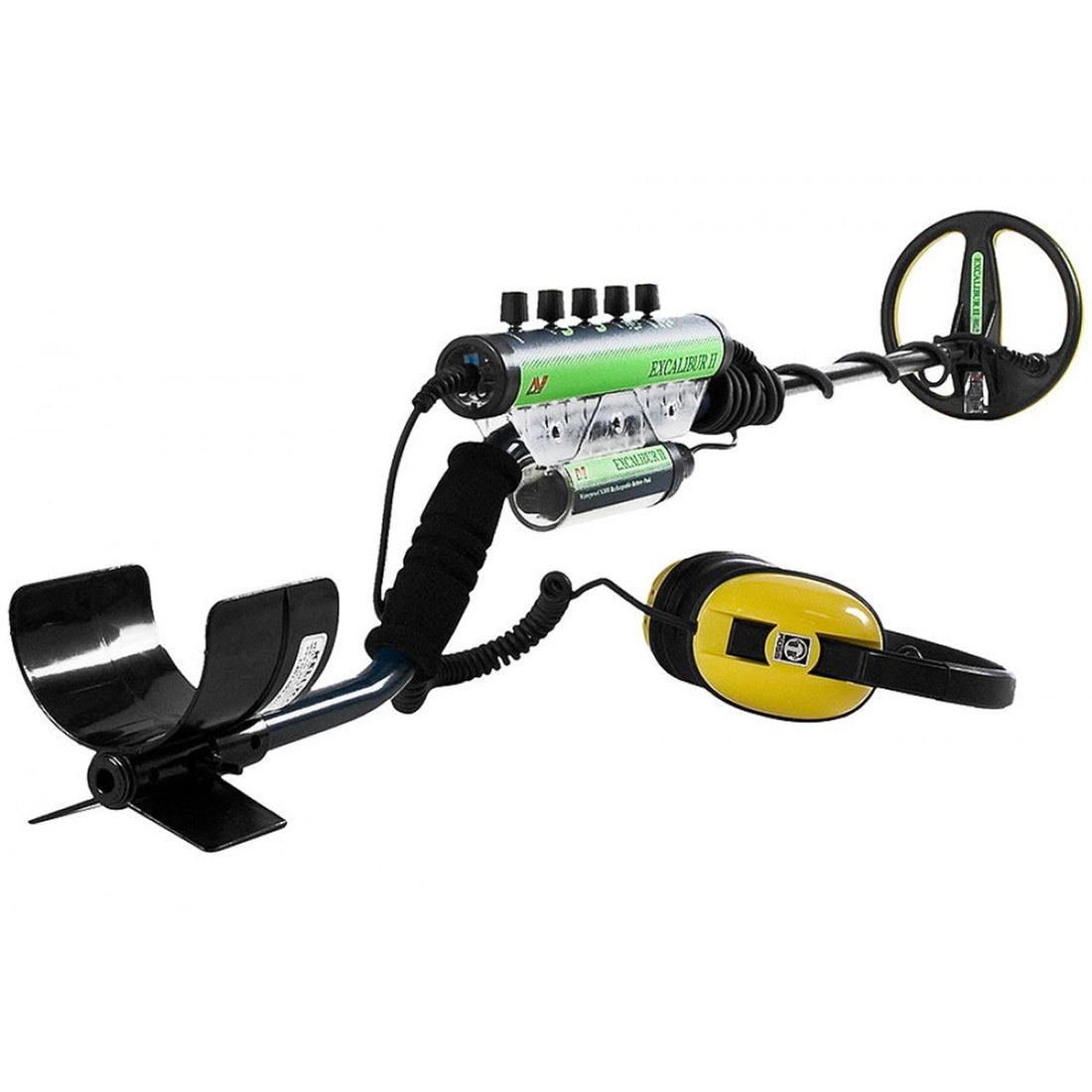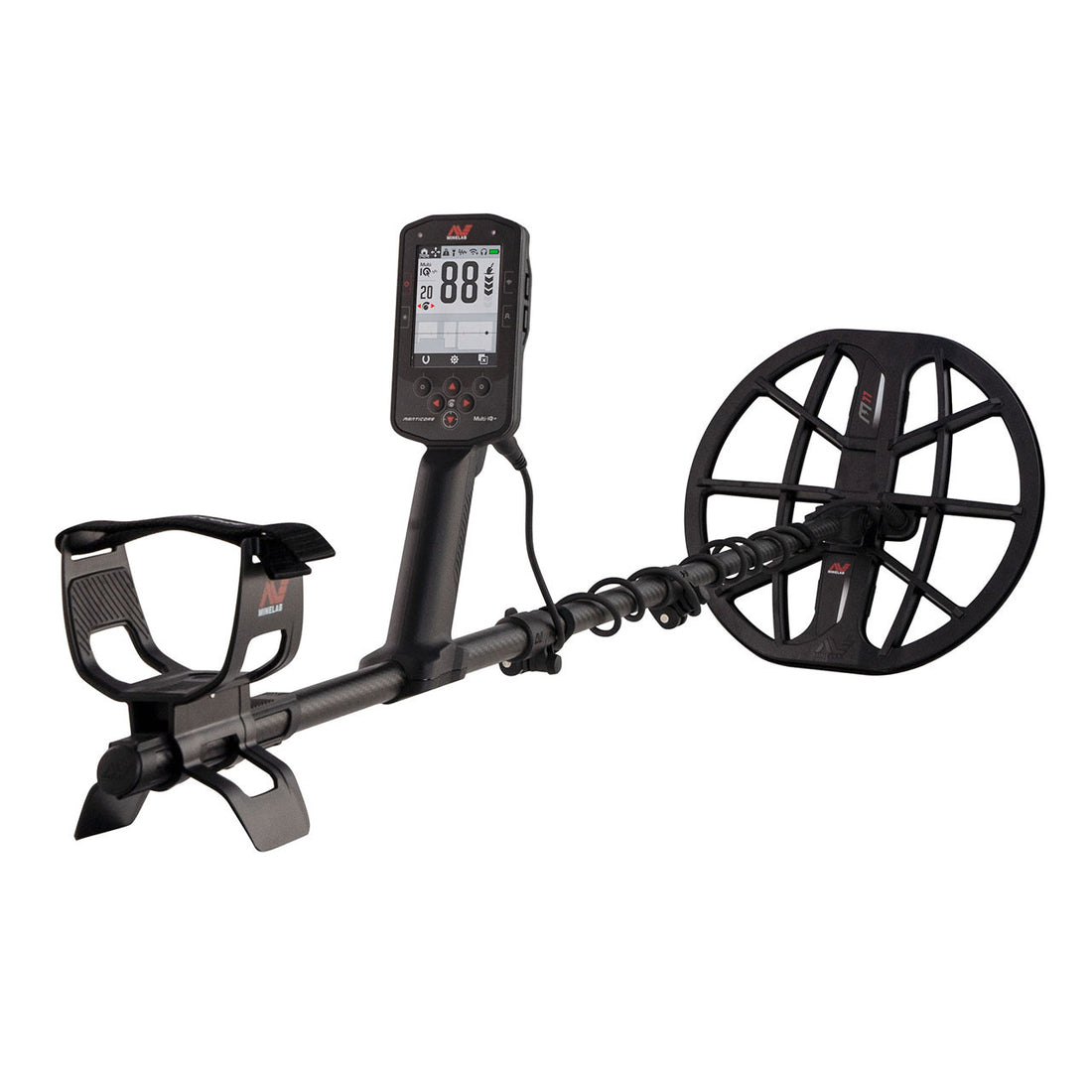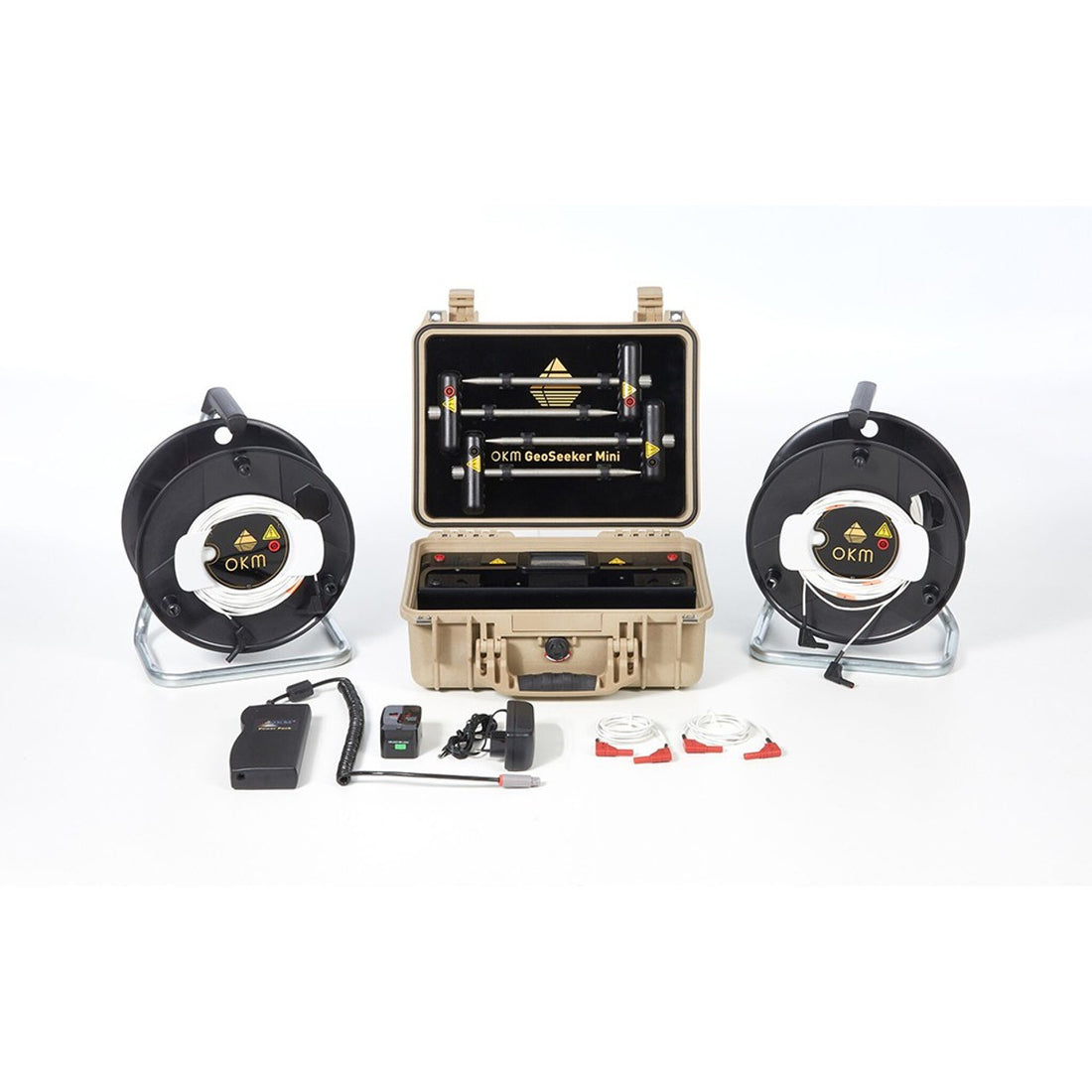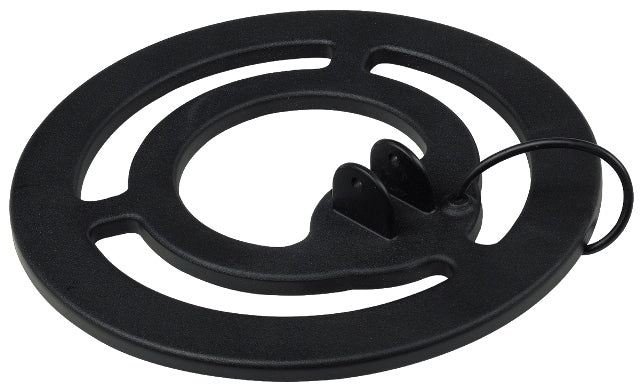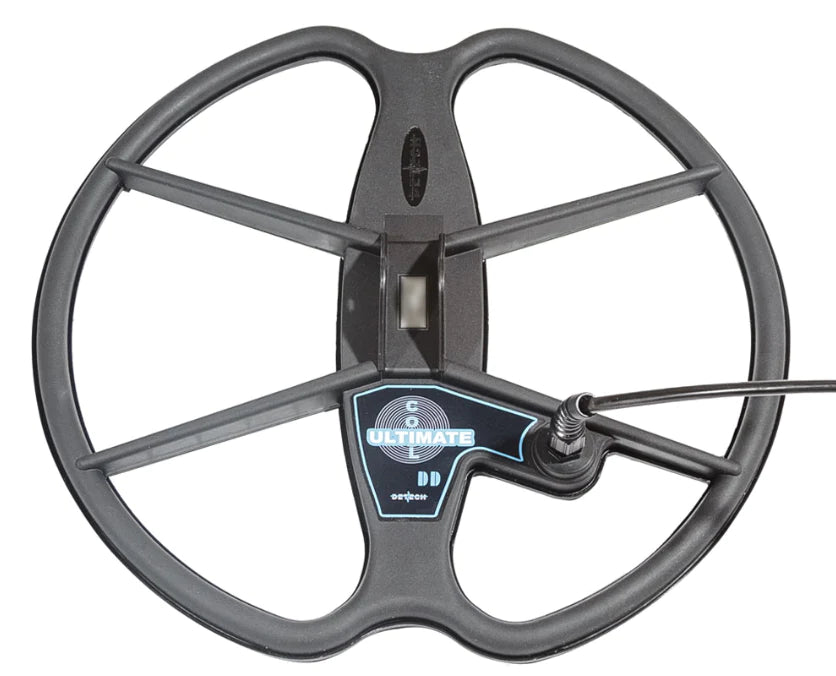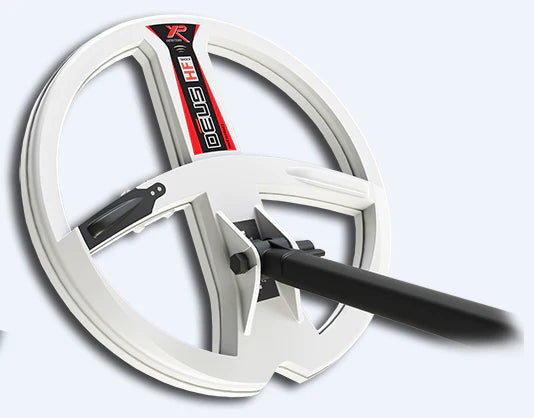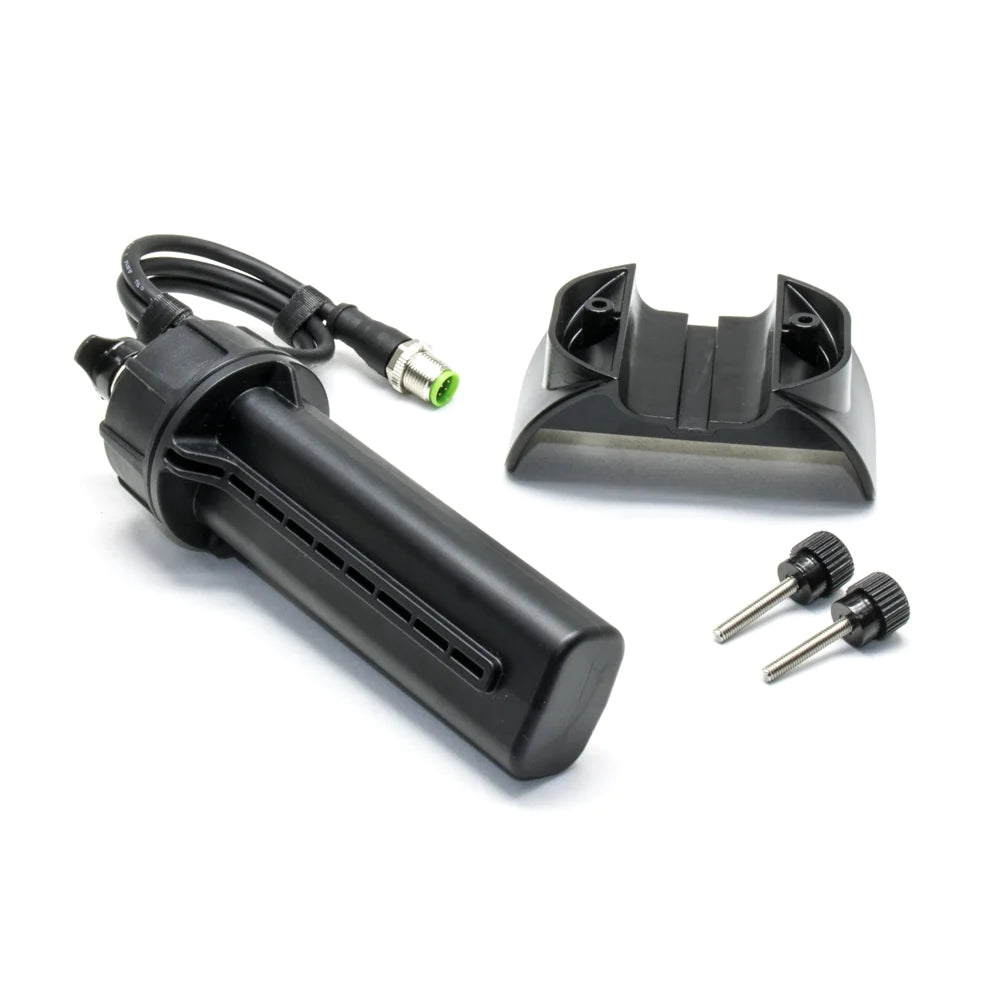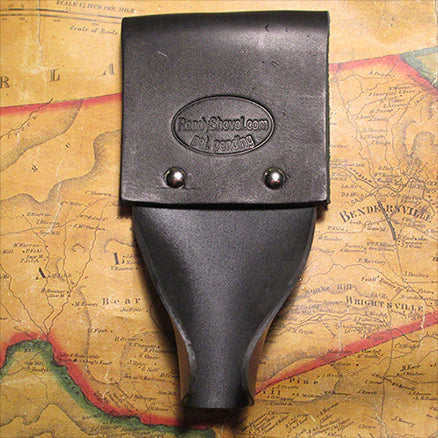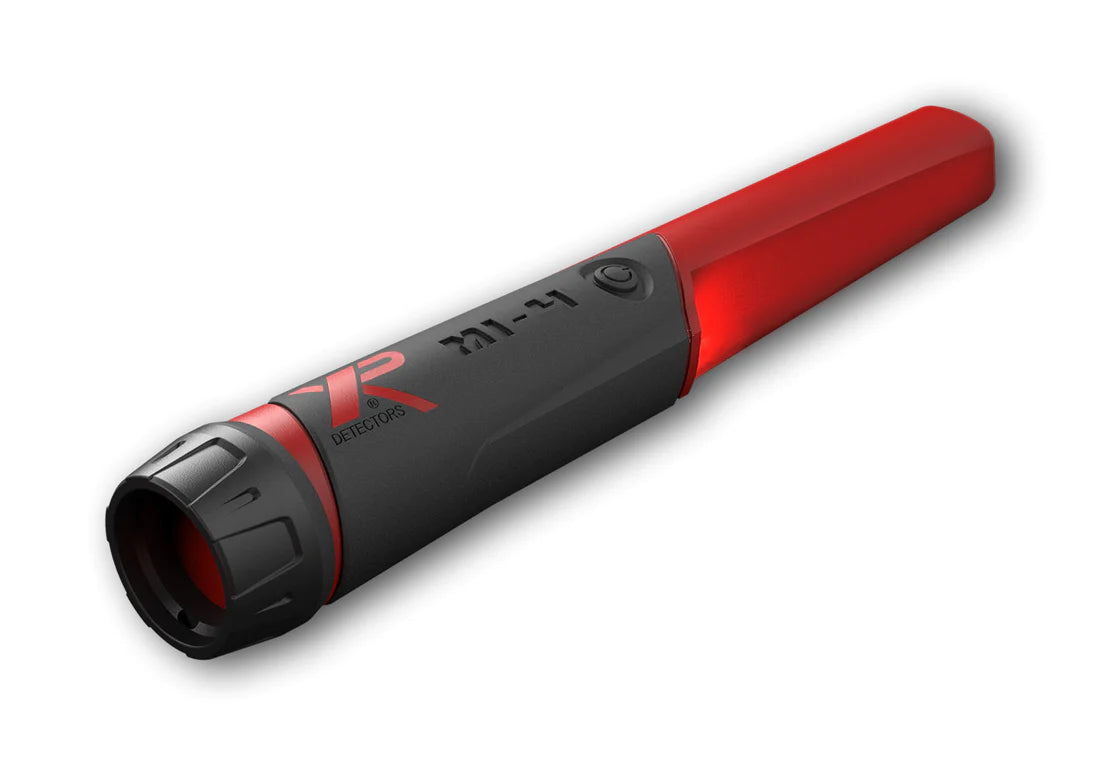Lost Jewelry is Frequently Found with a Metal Detector
Lost Jewelry is Frequently Found with a Metal Detector
What are the Best Metal Detectors for Finding Lost Jewelry?
The two most common items found with a metal detector are coins and jewelry. Trash items like bottle caps, nails and soda cans are always an obstacle, but we’re talking about actual targets. Many metal detector hobbyists search for one specific category of treasure. Lost jewelry is a great place to start if you’re interested in narrowing your focus. There is an abundance of lost jewelry to be found—from gold or platinum rings and necklaces to silver bracelets and diamond earrings. Buried even deeper underground, hobbyists locate antique jewelry, pendants and medallions. Here are just a few good reasons to search for jewelry treasures with your metal detector:
- The sheer amount of lost & buried jewelry to be found
- Jewelry is dropped just about everywhere (beaches, parks, sporting events, concerts)
- Almost all metal detectors are designed to signal gold, silver, platinum and bronze
- Unwanted pieces of jewelry can be sold for scrap value (gold prices have been high in recent years)
- You can build a valuable jewelry collection
Where is Lost Jewelry Commonly Found?
One place jewelry hunters frequent is the beach. Endless amounts of rings, watches, necklaces and earrings can be picked up with a metal detector. People playing Frisbee, volleyball or frolicking on the beach don’t even realize when their ring falls loose or clasps break on necklaces and bracelets. Detectorists often discover heirlooms and diamond rings on the beach, as well. If the first layer of sand produces recently lost jewelry, just think what you can find well below the surface! Antique jewelry finds are likely to be more valuable because they are scarce and possibly centuries old. Many former swimming beaches have eroded or been developed by businesses. Harbor extensions, breakwaters and other diverting streams have destroyed areas that used to be popular. If you can locate older maps of these places, you could discover a treasure vault of lost jewelry waiting to be found. Learn more about beach hunting by reading "What are the Best Metal Detectors for Metal Detecting on the Beach?"
A great story about finding lost jewelry is featured in the "My Metal Detector Finds" section of our website: "Custom Honeymoon Wedding Ring Lost." A newlywed couple was devastated when they discovered that the bride’s ring was missing after playing beach volleyball. Luckily, a man with a metal detector was nearby and helped search for the valuable custom-made diamond ring while a crowd gathered to cheer him on. Many hobbyists say they have been able to locate the rightful owners of lost jewelry. It’s amazing how grateful people are when their lost jewelry is returned; it’s also very rewarding to help others by metal detecting.
Which Metal Detector Features Help to Locate Jewelry?
Multi-purpose detectors are very proficient at signaling jewelry in different terrain. Depending how much time you will spend treasure hunting and how determined you are to locate jewelry; you may want specific features on your metal detector. Discrimination is important for filtering out trash targets. However, gold jewelry is often mistaken for foil, pull tabs and nickel. So some hobbyists suggest digging up all targets if you have the time and patience. Visual target ID and depth display are two helpful features. Not only will they tell you which type of metal your detector has located, you will know how deep to dig to retrieve it. The output is commonly a numeric value called a VDI (Visual Discrimination Indicator) number which appears on your screen. As you get familiar with these readouts and your audio signals, you can decide which numbers are worth exploring and which ones to skip. One expert jewelry hunter weighs in, "I just dig every solid target from around 47 & up. In very trashy areas, I don't dig the lower VDI's because of foil and junk. In relatively clean areas, I dig up lower numbers in the mid 40's and often come up with jewelry items."
Popular Models of Metal Detectors for Jewelry Hunting
For increased success on your jewelry hunts, it’s important to have the right type of metal detector. Perhaps you started with an entry-level unit and are interested in upgrading; or maybe this is your first metal detector purchase. Any veteran detectorist will tell you to do some research before buying the detector that is right for you. For instance, all metal detectors will find gold but there are different types made that are more sensitive to and specifically for gold. So, if you are solely interested in locating gold jewelry, you will want to select a detector made specifically for this purpose. Some metal detectors are water proof. It is also helpful to decide on a price range when you are shopping to help consolidate your choices.
Most entry-level models will features both audio tone and visual target identification, an expanded depth reading and an LCD Display. Some metal detectors feature a pre-set ground balance to eliminate the effects of minerals; others offer the choice of automatic or manual adjust. Discrimination mode is offered on many metal detectors to filter out trash items. Other options include different modes such as "all-metal" and "notch discrimination"; or a unique target identification number for every target. The instruction manual will go into detail about target ID numbers and what type of metal they identify. Below are a few of our most popular metal detectors for locating jewelry:
Entry-Level Jewelry Detectors:
Mid-Level Jewelry Detectors:
Higher-End Jewelry Detectors:
Since there are so many models to choose from, MetalDetector.com offers a "Compare Product" feature to make shopping easier. All you have to do is select 2 or more metal detectors to compare. When you click the "Compare" button, a side-by-side comparison will pop up. This will give you a short description of each, warranty comparison, audio/visual ID, depth indicator, operating modes and much more. Searching for jewelry treasures with a metal detector is an incredible hobby. Whether you’re at home or on vacation, metal detecting will pay you back in many ways!

